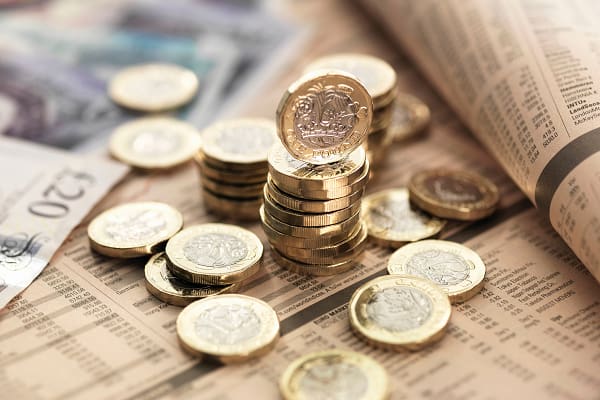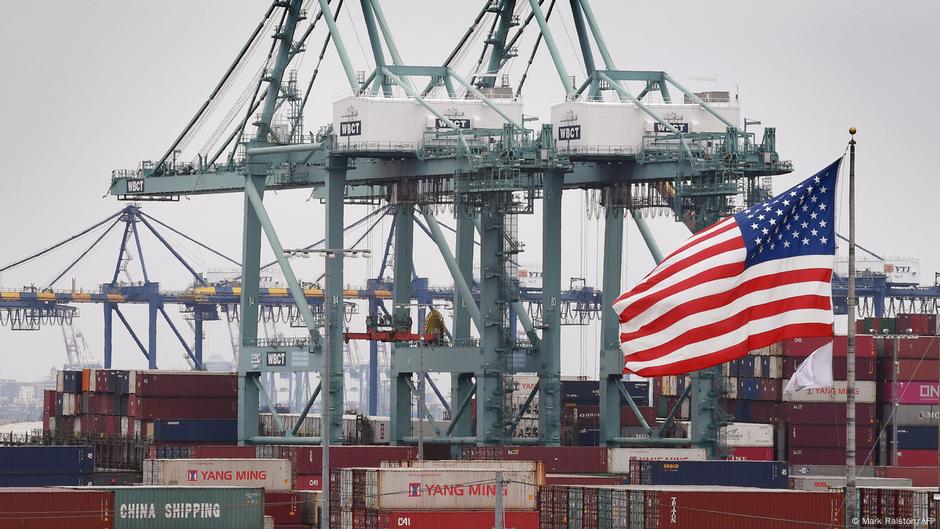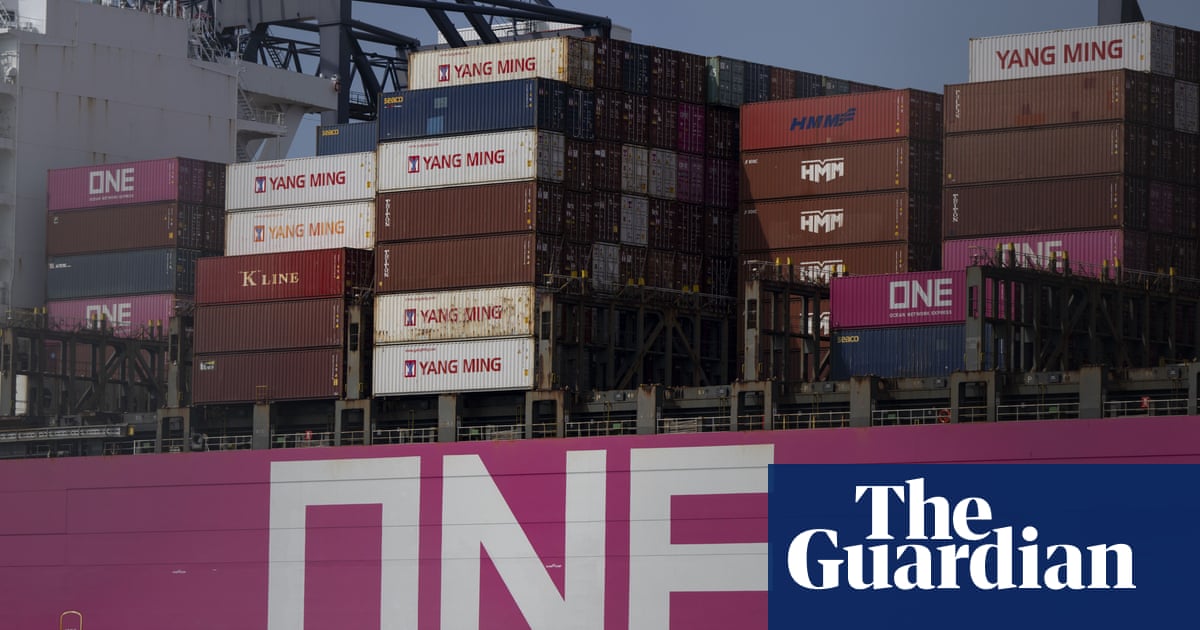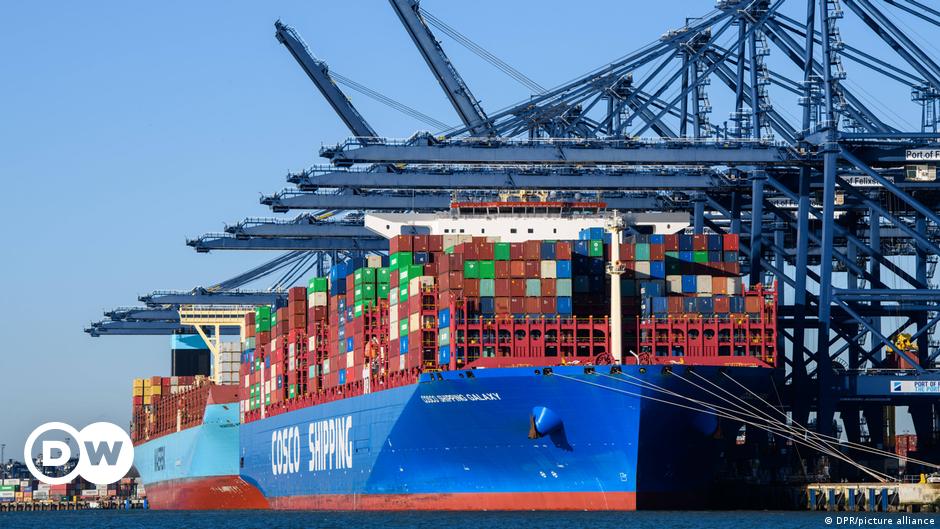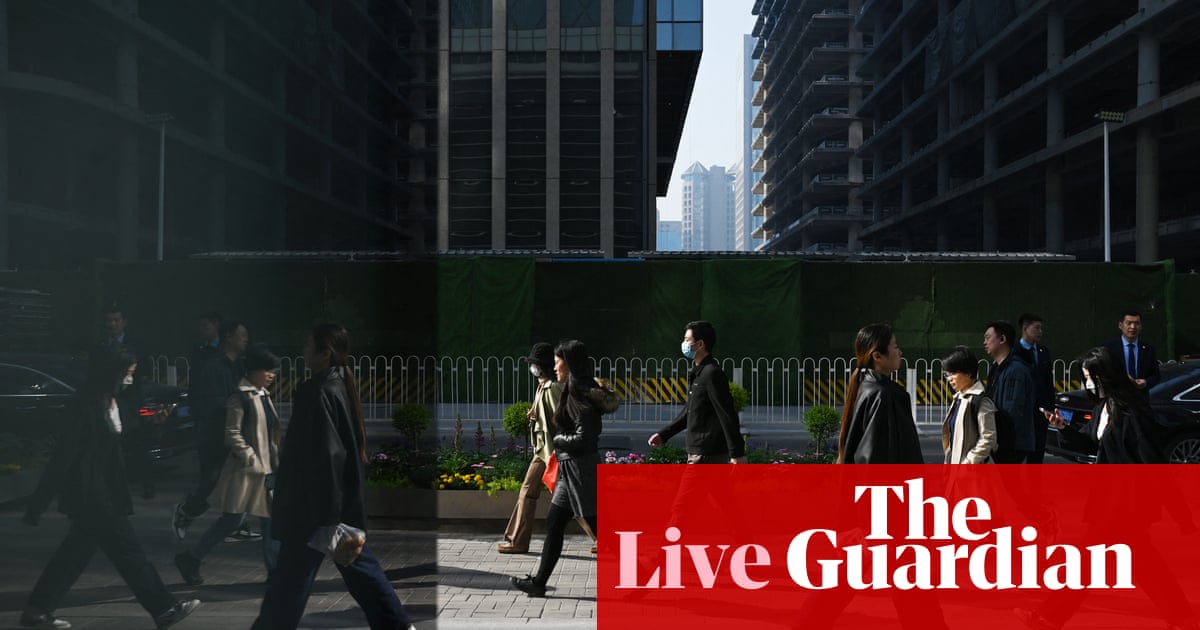#us-china-trade-war
#us-china-trade-war
[ follow ]
#tariffs #economic-policy #global-economy #export-controls #global-trade #supply-chains #southeast-asia
fromwww.aljazeera.com
1 week agoAs Southeast Asia welcomes Trump, it battles headwinds unleashed by him
Southeast Asia and its China Plus One' supply chain are feeling the fallout from the US trade war. Southeast Asia was one of the biggest winners from United States President Donald Trump's trade war with China in 2018, luring manufacturers to the region to avoid new tariffs on Chinese goods. It benefitted from investment, tax revenues and technology transfers that came with the expanding China Plus One supply chain concept.
World news
fromwww.aljazeera.com
1 week agoHow will China tackle its many challenges in the coming five years?
Chinese Communist Party leadership is meeting behind closed doors to draft a five-year plan. China's top leaders are meeting for an important conference that will give a glimpse into the priorities of the world's second-largest economy. The Fourth Plenum of the Communist Party will outline a series of policies for the next five years. Beijing has been making efforts to increase consumer spending and attract foreign investors to drive growth
World news
from24/7 Wall St.
2 weeks agoStock Market Live October 17: The Vanguard S&P 500 ETF (VOO) is Still Shrugging Off These 3 Catalysts
With the trade war, the government shutdown and now regional banks disclosing issues with bad and fraudulent loans, markets are still attempting to shrug it all off. At the moment, Dow futures are up about 60 points. Meanwhile, the S&P 500 is down about three points, with the NASDAQ down 80. The Vanguard S&P 500 ETF (NYSEMKT: VOO) is also down just slightly in premarket trade.
US politics
fromABC7 San Francisco
6 months agoCould US-China trade war jeopardize plans to bring pandas to San Francisco Zoo?
Peterson even revealed the timeline, saying the pandas should arrive by the end of the year and if everything goes according to plan, the public could see them starting in April of 2026.
San Francisco Giants
US politics
fromwww.theguardian.com
6 months agoChinese state media tells Trump to stop whining' as trade war spirals
China criticizes US for portraying itself as a victim in trade, asserting the US has benefitted from globalization.
US needs to acknowledge its consumption exceeds its production and stop blaming others.
fromwww.dw.com
6 months agoConcern grows over how far oil price will fall in trade war DW 04/14/2025
"It is not just a question of abrupt policy and rate of tariffs, but the ongoing level of uncertainty and the tit-for-tat approach," says Carole Nakhle, CEO of energy consultancy Crystol Energy. "Add to that the fact that this happened when oil demand was not booming while supply is plentiful, the result is the price levels we are currently seeing."
US news
European startups
fromBusiness Insider
6 months agoTrump's trade war is eroding US billionaires' fortunes - while China's are getting even richer
The US tech elite's wealth has plummeted due to tariffs, while their Chinese counterparts have significantly increased their wealth, highlighting stark economic contrasts.
Tech industry
from24/7 Wall St.
6 months agoWill Monday See a Tech Stock Rally for the Ages? Tesla (Nasdaq: TSLA) Could Be a Big Winnner
Exempting tariffs on tech products could ignite a significant rally in technology stocks.
The relaxation of tariffs signals a potential de-escalation in the U.S.-China trade war.
[ Load more ]
